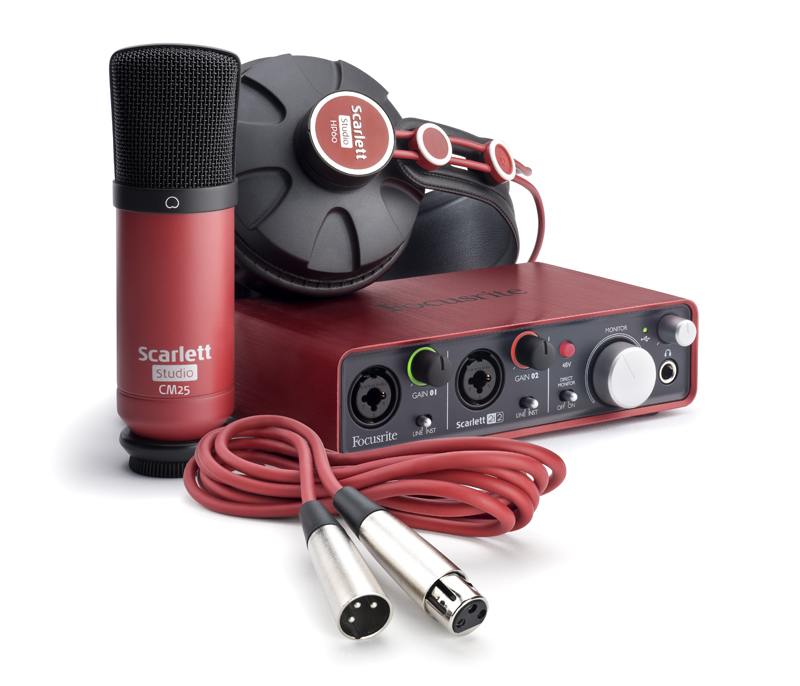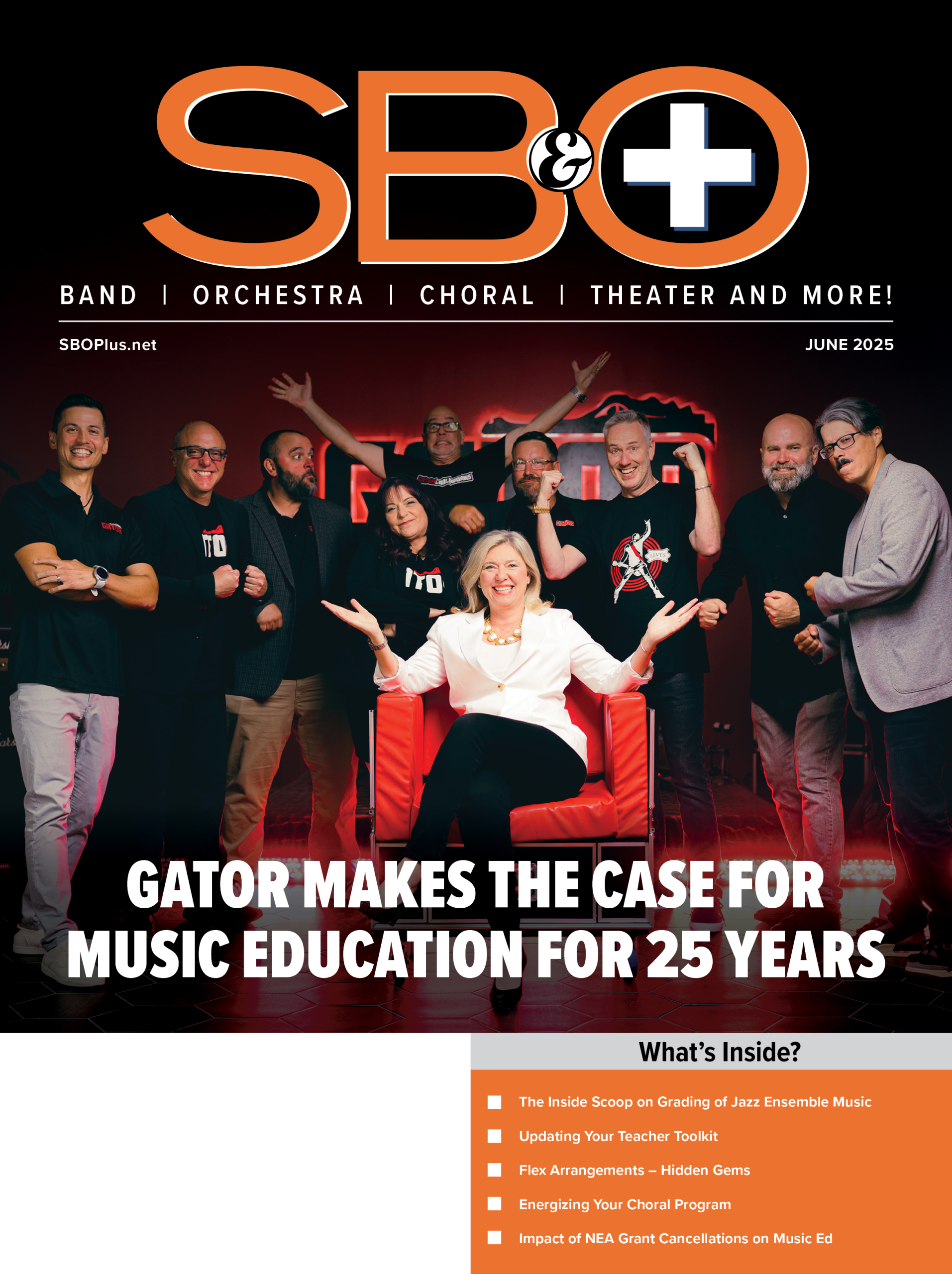You may also enjoy reading retention is the by-product of good teaching.
ADVERTISEMENT
You may also enjoy reading about Teachers Who Make a Difference and nominating an educator today.
ADVERTISEMENT
You may also want to submit your favorite products to the Teachers’ Choice Awards.
ADVERTISEMENT




















